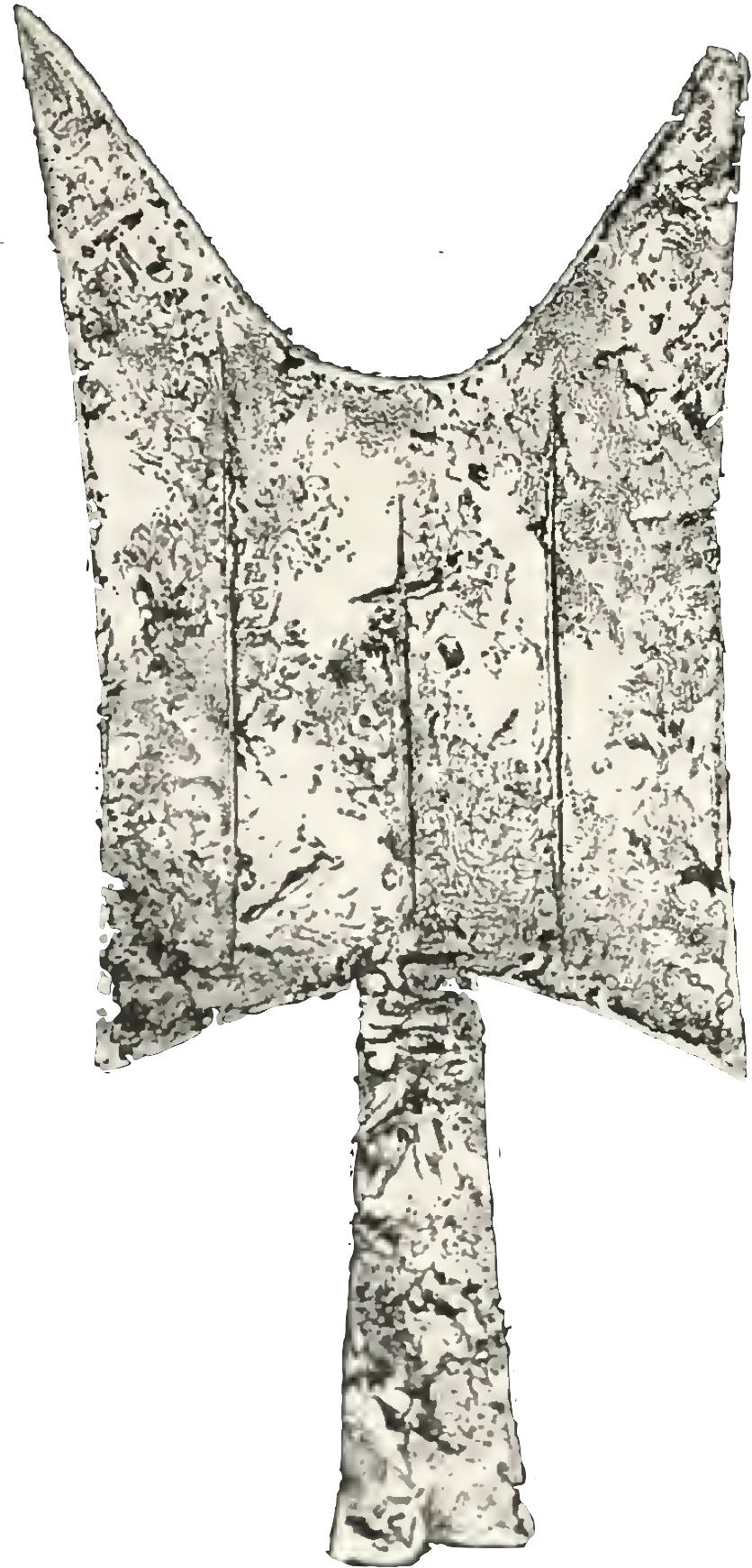Click here to get this article in PDF
The Mises Institute/Joseph T. Salerno/3-15-2021
 “The first step in theorizing correctly about money is to understand that the value of money, like that of commodities, is never fixed and unchanging. Chinese philosophers who published the earlier Mohist Canons(468 B.C.~376 B.C.) grasped this crucial point. They recognized that metallic money, such as the “knife coins” then in wide circulation, was valued and exchanged by weight and argued that the real value of money, despite its fixed face value, was not stable but fluctuated inversely with the prices of commodities. When commodity prices were high, money was “light” or its purchasing power low; when prices were low, money was “heavy” or its purchasing power high. Thus, if monetary conditions were such that the nominal prices of commodities were abnormally high, the real prices of commodities were not high but rather money was “light” or depreciated.”
“The first step in theorizing correctly about money is to understand that the value of money, like that of commodities, is never fixed and unchanging. Chinese philosophers who published the earlier Mohist Canons(468 B.C.~376 B.C.) grasped this crucial point. They recognized that metallic money, such as the “knife coins” then in wide circulation, was valued and exchanged by weight and argued that the real value of money, despite its fixed face value, was not stable but fluctuated inversely with the prices of commodities. When commodity prices were high, money was “light” or its purchasing power low; when prices were low, money was “heavy” or its purchasing power high. Thus, if monetary conditions were such that the nominal prices of commodities were abnormally high, the real prices of commodities were not high but rather money was “light” or depreciated.”
USAGOLD note: According to Salerno, much of what we understand about sound money was first explored in ancient China centuries where metallic coinage was first introduced in the 12th century BC or earlier. This article serves as an interesting introduction to Chinese monetary theory and philosophy. We recall that China was also the first country to experiment with paper money as an alternative to coins made from precious metals. As might be expected, those experiments led to several instances of runaway inflation.
Image: Ancient Chinese spade money made from mostly copper. Tchou dynasty – 1558-1050 BC., British Museum Collection from Catalogue of Chinese Coins by Terrien De Lacouperie (1892), Black and white rendering, public domain.
![]()
The post Today’s top gold news & opinion first appeared on Today’s top gold news and opinion.
